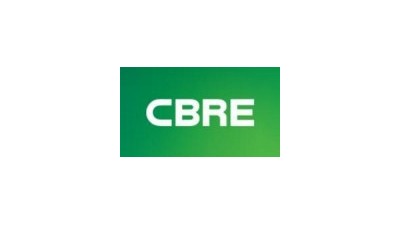What Is Driving The Increase In Tenant Improvement Allowances In Manhattan?

The amount of tenant improvement allowances included in Manhattan office deals increased in 2016. According to CBRE data, the average TI allowance climbed 4% year-over-year to $78/SF by the end of 2016. CBRE projects more growth in 2017, leading many to wonder what is driving the increasingly generous landlord concessions, and whether or not the trend will continue.
Rising construction costs, growing competition for cash-conscious tenants and a low-interest and cap-rate environment offer an explanation for a willingness among certain landlords, especially investment funds, to “buy up rents.”
Increasing Construction Costs

The increase in TI concessions reflects the rising costs of construction. Labor costs have grown steadily, and new residential and office development, as well as a robust market for interior construction, have prolonged a citywide construction boom. Average hard costs for a tenant fit-out reached nearly $150/SF as of Q4 2016, an increase of 72% since 2003. Total, all-in costs end up being closer to $225/SF.
For tenants that have been out of the market for a decade or more, this rise has been jarring, pushing smaller tenants to renew or take pre-built space to avoid new workplace installation.
Densification is another factor contributing to the per-square-foot cost of interior construction. While companies are reducing operating costs by leasing less space, it comes with caveats. The move to bench seating may save on glass and sheetrock, but having more people in a smaller area drives up other expenses, such as higher-powered HVAC to adequately heat and cool a densely packed office.
Distinctive interior design that attracts and retains talent also adds to the expense. From high-end pantries, vibrant employee cafeterias and exposed ceilings, tenants’ aesthetic tastes have become pricier.
Post-Recession Trends Influencing Growth In TI Allowances

The current TI allowance upswing is a notable contrast to conditions between 2005 and 2007.
Interest rates have dropped dramatically following the Great Recession. At 2.38%, the U.S. Treasury rate on a 10-year Treasury note remains near its historic low. Access to cheap capital has made it attractive for landlords to finance large TI allowances, which they negotiate in exchange for higher rents.
Are TI Allowances Climbing Higher?

While TI allowances have grown steadily in recent years, the trend line has spiked since October 2016. The Federal Reserve is raising rates and signaling more increases ahead, and landlords appear eager to make deals while they can still take advantage of low interest rates.
It remains to be seen whether TI growth will continue.
Submarkets in Midtown have seen an increase in availability in the last 12 months, and some segments — including Fifth and Madison, Grand Central, the Plaza District and Time Square South — have availability rates at or above 13.5%. This may embolden tenants in certain segments of the market to seek still more concessions.
This is already evident in the handful of transactions that have included TI allowances above $100/SF, all of which have been in buildings with substantial vacancy, or were from landlords with an eye on near-term cap rates.
While it is true that landlords respond to overall market trends, the Manhattan office market remains highly segmented, and landlords evaluate deals on a case-by-case basis. Triple-digit TI allowances will not make sense in many cases, especially for commodity assets in which it might not be possible to push up rents.
Ownership structure will continue to be a factor, with long-term owners resisting the trend, while short-term investors and investment funds will likely see ongoing urgency to attract tenants with generous TI allowances.
To learn more about this Bisnow content partner, click here. To view the full report, click here.

